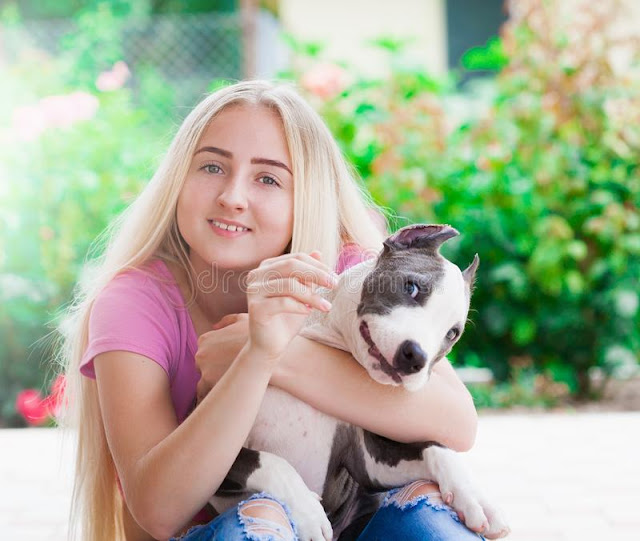Many factors will
make you want to crate train your puppy, and it is very important that your
puppy undergo such training. Crate training your dog will make your puppy see
your house as a safe haven anytime it is running away from danger.
Although dogs are
den animals and love to be territorial, most dogs will feel reluctant initially
in taking crates as their personal space. In fact, if you don’t crate train
your puppy rightly, your pup may develop fear for crates. Well, you don’t have
to worry much because puppies don’t have any preconceived ideas about anything,
and the tips outlined below will help you a lot in crate training your puppy
and also will make your puppy love its crate and accept it as its personal
space.
Introduce it casually
You surely love
your puppy don’t you? Good! If you love your puppy, the biggest mistake you can
make in kennel training a dog is to take the crate home and lock it inside
immediately. This will make your puppy feel like you are trapping it, and it
will feel uncomfortable. What you should rather do is to treat the crate
initially like another piece of furniture, one to play with.
In kennel training
a dog, what you should do is simple. Place the crate in a corner of the house
where your dog likes to stay, add a blanket and some toys, and leave the door
open. After that, stay away from there, to give your puppy a chance to explore it.
If your dog starts sniffing around and begins to enter into the crate, then it
is a wonderful sign. However, some dogs might be skeptical to check it out, and
if that is the case with your puppy, encourage it by placing foods and toys close
to the crate and also inside. Your primary target is making your puppy go
inside comfortably. This practice might take days, so exercise patience.
Use it for mealtime
Now that you have
successfully made your puppy willing to enter inside, the next goal in crate
training your dog is to make it comfortable for your puppy and also increase how
long your puppy stays there. A very wonderful way to do this and make your
puppy accept the crate as home is by placing food in the crate.
You can begin by
placing food at the entrance of the crate, then as time goes by, you start
placing meals further into the crate. This will make your dog comfortable with
the crate.
Close the crate
Now that your dog
has started eating meals inside the crate, you should begin closing the door. But
for the first time, after it has finished eating, what you should do is open
the door immediately. Now on the next meal, leave your dog inside longer than
the first time, and as time goes by, increase the time you leave your dog
inside by just few minutes.
Your dog may
likely wail, and if so, open the door immediately and don’t leave it inside as
long next time. If you notice that it whines again, wait until it has stopped,
then let it out. You can also teach your dog that it should only whine for you
to open the door.
Extend crate time
If you begin to
notice that your dog has started feeling comfortable in the closed crate, you
should begin increasing the time it stays in. Like mentioned earlier, make use
of a toy it cherishes a lot or its favorite meal to encourage it to enter the
crate, then close it. Once closed, stay around for some minutes, and then leave
to another room for a few minutes. This will create the impression of staying
in the crate alone. Now when you get back, don’t rush to open the crate; stay
with your pup for a few more minutes before opening the crate.
You should
continue doing this and increase the time your dog stays in the crate for over
30 minutes without your presence. If you notice that your dog is comfortable
with this, then know that it won’t be bothered if you leave for short periods,
even overnight. Ensure that the crate is close by when leaving your puppy
overnight, because the urge to use the bathroom might arise and you will want
to let your puppy out.
Leaving and returning
In kennel training
a dog, what you should aim at is to make the crate a comfortable and normal
place for your dog. Encourage your puppy to get into the crate and praise it a
little bit to avoid excitement. When you get back from home, ignore any excited
moves it makes and keep it low key.
Now you can see that just like house training a dog, crate training isn't difficult. What other methods
do you use?










0 comments :
Post a Comment
drop your suggestions, comments and questions here using the comment box